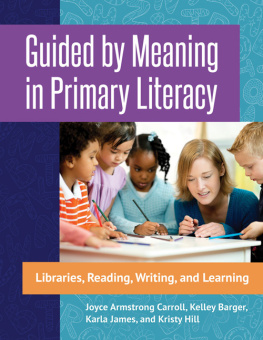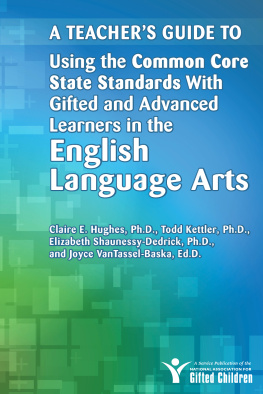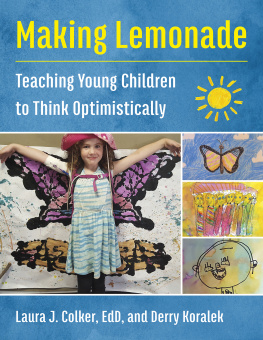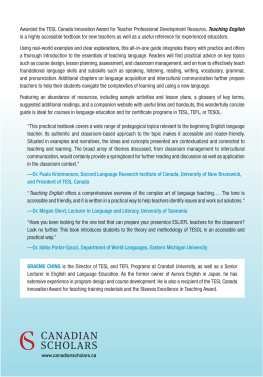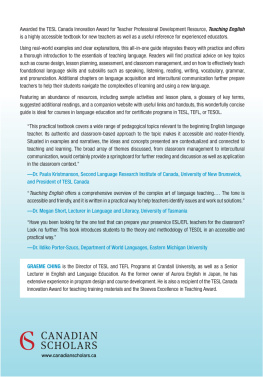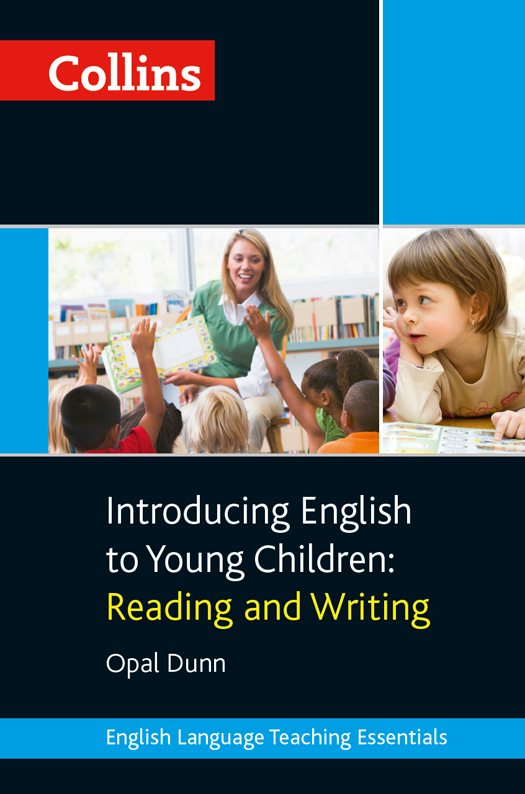Collins
HarperCollins Publishers
77-85 Fulham Palace Road
Hammersmith
London W6 8JB
Opal Dunn 2014
The right of Opal Dunn to be identified as the Author of this Work has been asserted by her in accordance with the Copyright, Designs and Patents Act 1988.
eBook ISBN 978-0-00-755686-1
Source ISBN 978-0-00-752254-5
Version: 2014-07-14
Collins is a registered trademark of HarperCollins Publishers Limited
www.collinselt.com
A catalogue record of this book is available from the British Library.
All rights reserved. No part of this book may be reproduced, stored in a retrieval system, or transmitted in any form or by any means, electronic, mechanical, photocopying, recording or otherwise, without the prior permission in writing of the Publisher.
All rights reserved under International and Pan-American Copyright Conventions. By payment of the required fees, you have been granted the non-exclusive, non-transferable right to access and read the text of this e-book on screen. No part of this text may be reproduced, transmitted, downloaded, decompiled, reverse engineered, or stored in or introduced into any information storage and retrieval system, in any form or by any means, whether electronic or mechanical, now known or hereinafter invented, without the express written permission of HarperCollins.
This book is sold subject to the conditions that it shall not, by way of trade or otherwise, be lent, re-sold, hired out or otherwise circulated without the Publishers prior consent in any form of binding or cover other than that in which it is published and without a similar condition including this condition being imposed on the subsequent purchaser.
HarperCollins does not warrant that www.collinselt.com or any other website mentioned in this title will be provided uninterrupted, that any website will be error free, that defects will be corrected, or that the website or the server that makes it available are free of viruses or bugs. For full terms and conditions please refer to the site terms provided on the website.
Cover images Monkey Business Images/Shutterstock; damircudi/iStockphoto
If any copyright holders have been omitted, please contact the Publisher who will make the necessary arrangements at the first opportunity.
About the author

Award-winning author Opal Dunn has many years of experience in teaching children aged up to 8 years, and has trained teachers all over the world. She has also authored picture books for nursery and young primary children, organised Bunko (mini-libraries) for bilingual, multilingual and double children (children growing up with two languages and two cultures) and has written information books and articles for parents. Opal is the co-founder of IATEFL YLT SIG (Young Learners & Teenagers Special Interest Group of the International Association of Teachers of English as a Foreign Language).
About this book
In the evolution of man spoken language preceded written language.
(Anon)
Introducing English to Young Children: Reading and Writing gives guidance for the transition period from pre-school English experiences to the more formal first years of written literacy in lower-primary education, up to the age of 8 or 9.
At this lower-primary age there are noticeable holistic and developmental changes, not only physical, but in attitude. Children start to feel they are more grown up. They want to be independent doers and learners. They are beginning to be aware of themselves and what they can do, and how, with effort, they can achieve and make progress. They need help to progress and to develop their own autonomy and we, as teachers, need to tune in to them and listen to their needs if they are to mature holistically and feel good.
For the child, English is still not a school subject; its another way of communicating and talking within the class, school and beyond. Young children continue to pick up English in the same way as they learned their first language (L1), if the adult helping inserts the Playful Approach to motivate them. However, language content and enabling activities, although more advanced, are still linked to self-discovery.
The teachers role remains important, as the teacher is still the main source of new input of English. However, teacher-talk has broadened to introduce a wider vocabulary through mediating and modelling situations. Direct teaching is now included in quick, focused tutor-talks that give explanations about language. Young children need help to develop their self-learning strategies if they are to become independent learners.
Young readers, who have developed their own multi-strategies to read, spell and write in L1, are impatient to do the same in English. Since they already understand the mechanics of reading, there is no need to teach them in the same way as non-reader English children. Readers only need help to find out how to transfer and reuse their existing reading strategies to read a new content. Once introduced to a multi-strategy approach to decoding English that they can speak, these children teach themselves to read. They have no need to start, like English-speaking non-readers, from the very beginning of the Synthetic Phonics Method.
Learning language continues to depend on the triangle (consisting of child, teacher and parent) for interactive support and motivation. Suggestions are made for how to involve parents innate language-teaching skills in the home to consolidate childrens learning. The window of opportunity to help children absorb English with enthusiasm is limited. By the age of 10, with the onset of puberty and the influence of peer-group pressures, their learning environment changes.
This book is about helping children acquire a good grounding in the basics of reading and writing English and enjoying it. The many explanations and practical suggestions can be used to support a textbook or a teacher planning a school programme. What I have written is what I have observed, experienced and enjoyed with young children.
There is no substitute for caring human interaction and adult help for learning at this stage. However, as teachers we have to be aware of the increasing appeal of screens. To keep childrens interest, we need to fire up and then stoke childrens curiosity about the world in which they will need English.
Help me to do it myself.
(Montessori)

List of figures
A class framework
A suggested Hidden Syllabus
Recognising whole words
High-frequency words
Classroom labels
Writing a rhyme with cards
Little books
Storyboard for a mini-book
The 37 rimes which make up nearly 500 words
37 Basic phonograms
A class newsletter
Letter Faces
Handwriting positions for right- and left-handers
Ball and stick handwriting method (not encouraged)
Chinese Characters
Writing on tracks
Structured programme for introducing small letters in simple print style
Structured programme for introducing capital letters



